Natural Stream Channel Design
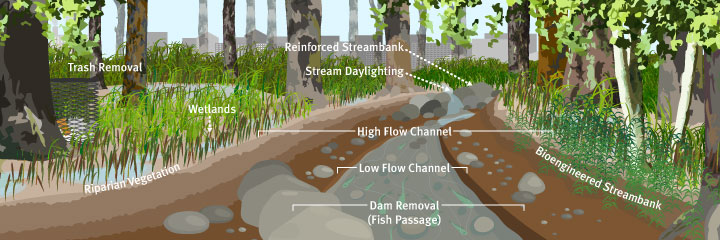
A holistic approach to stream restoration is necessary to ensure the successful return of lost stream functions to impaired streams. An impaired stream is one that cannot support diverse aquatic life and discharges significant sediment loads from its banks during storm flow events. The stream channel should be designed to accommodate a range of flows by construction of a low flow channel within a larger high flow channel and connection to its adjacent floodplain.
A low flow channel provides aquatic communities with habitat that effectively conveys base flow. A high flow channel provides a lower velocity refuge for organisms during storm events. Once a stream is physically restored, conditions will become more favorable for re-establishment of healthy fish and aquatic invertebrate communities.
Bioengineered Streambanks
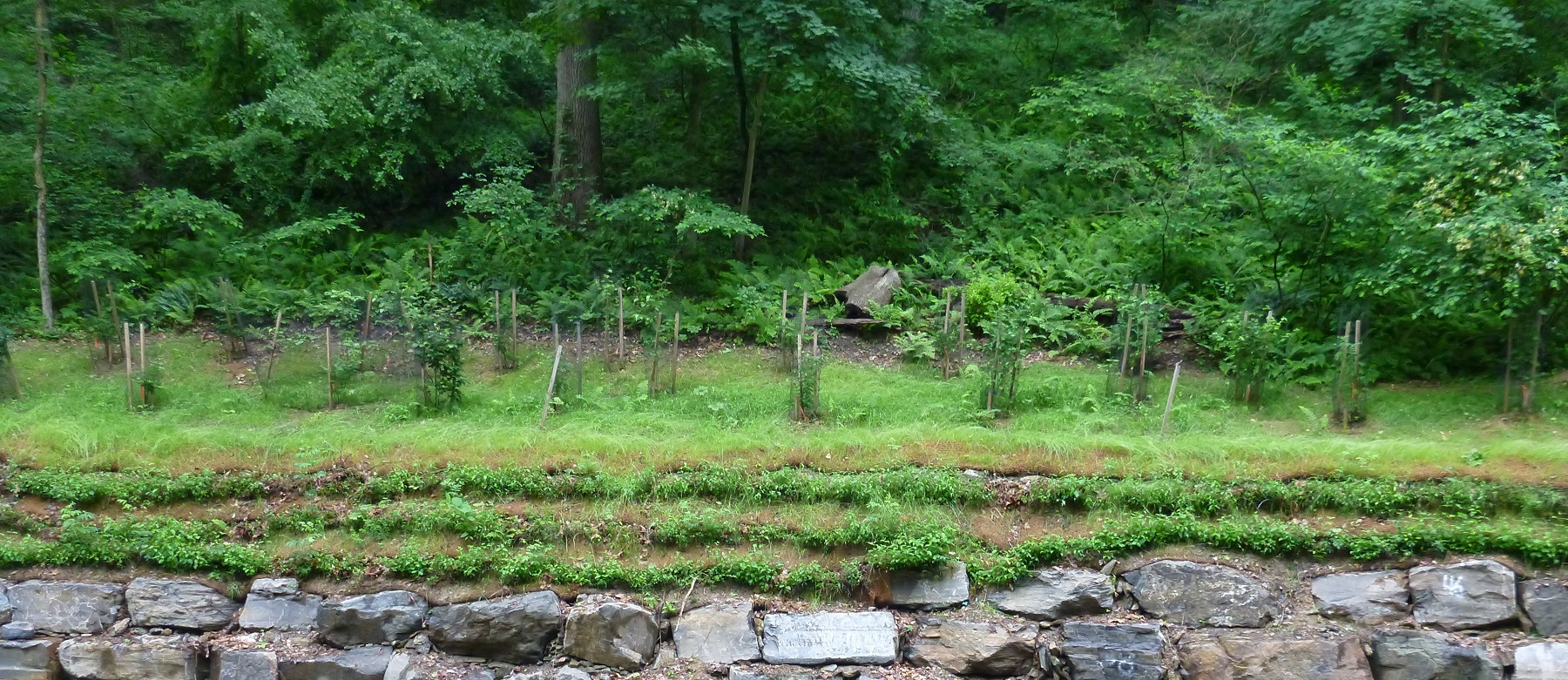
The streambank is no longer viewed as a rigid structure to be built in place, but as a dynamic system that is naturally resilient. In a natural stream, plant roots stabilize the soil while streambank vegetation provides wildlife habitat and helps to dissipate the energy of storm flows.
Bioengineering essentially means building in a way that mimics these natural systems. Bioengineering techniques include placing logs and root wads in strategic locations, rapid establishment of shrubs in the active channel through live branch layering, and bank protection and floodplain wetland restoration with specially selected plantings and native seed mixes.
Though these types of practices take time to establish, bioengineered streambanks tend to function best in the long term.
Reinforced Streambanks

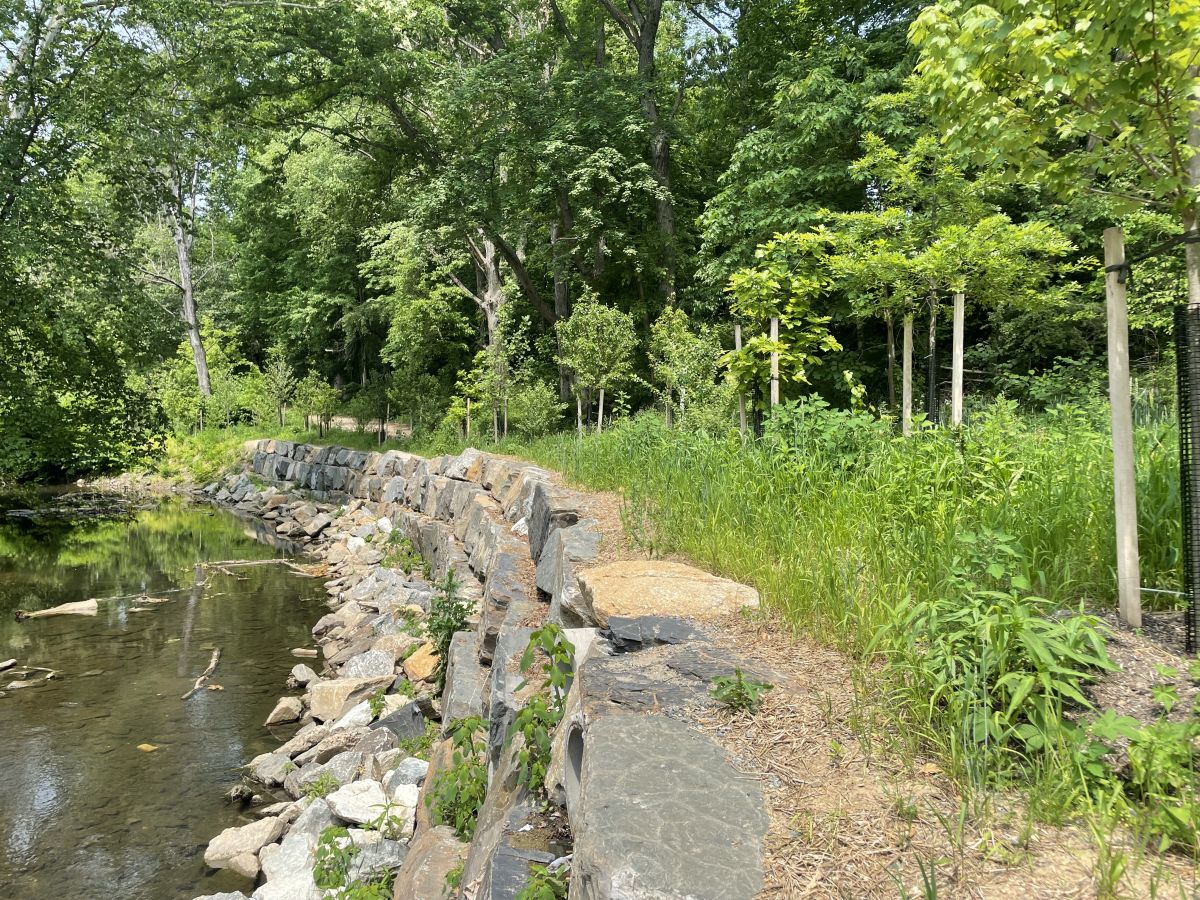
Prior to urbanization, Philadelphia’s waterways generally meandered back and forth along smooth, sinuous paths, and through stream-wetland complexes, the width of these meanders varying primarily due to valley slope. However, when man-made structures such as bridges and culverts and critical infrastructure such as sanitary sewer pipes were placed along stream channels, this natural pattern was interrupted as the streams were forced to flow around tight bends or through narrow constrictions.
In cases like this, natural stream channel design practices must be supplanted with more traditional bank protection methods, such as blocky rock revetments.
Riparian Vegetation
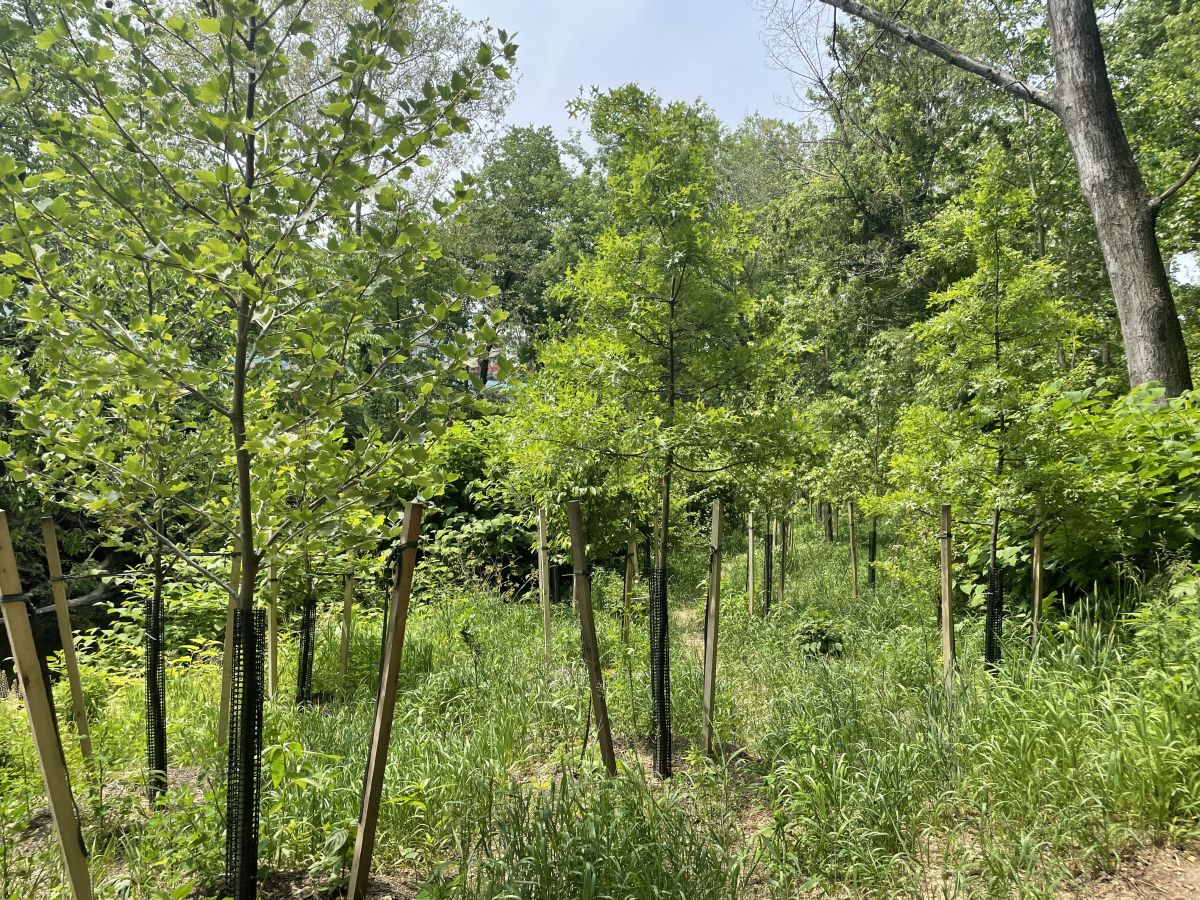
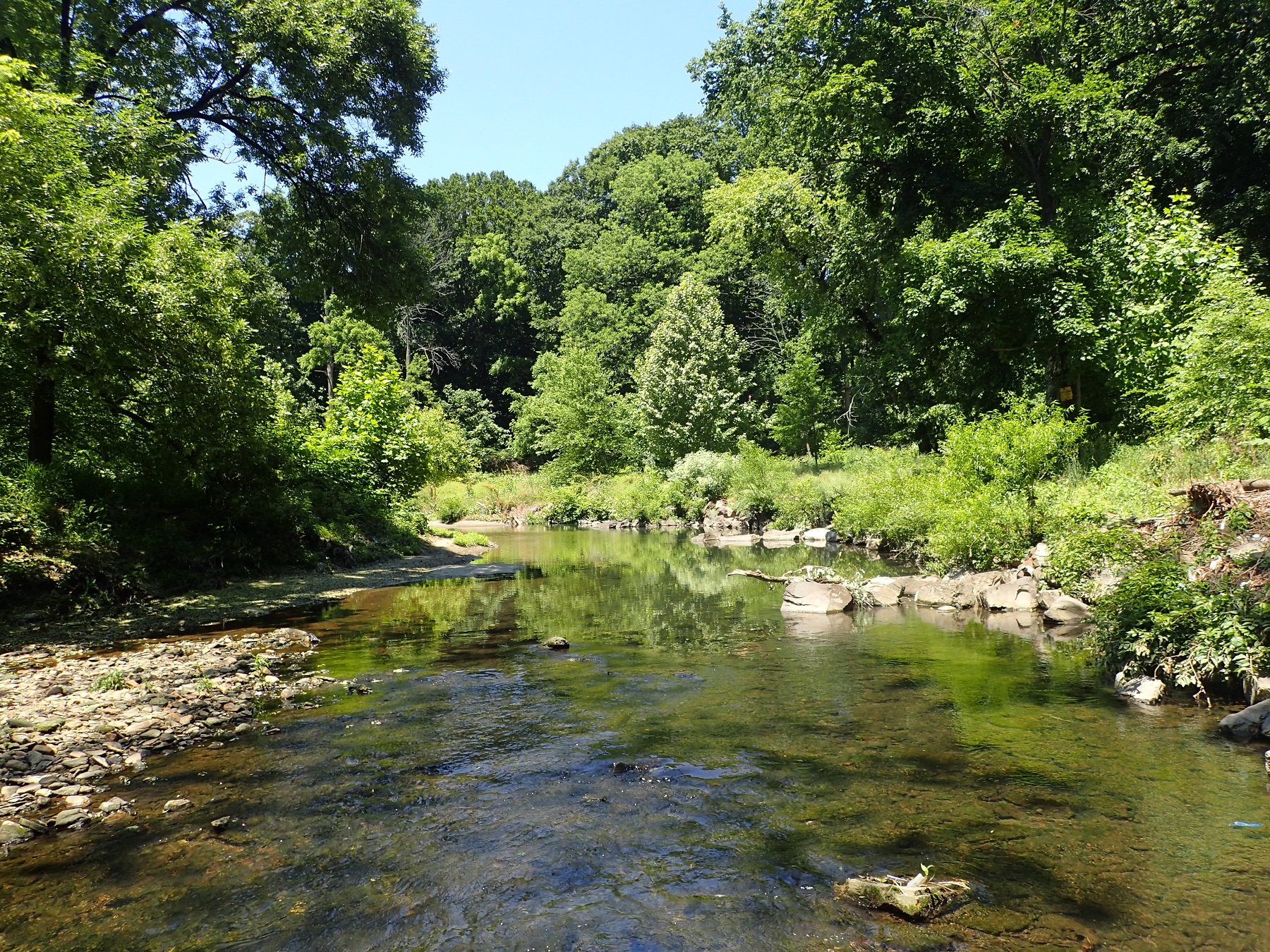
Riparian vegetation is typically a forested buffer strip along waterways that helps protect a stream from the impact of adjacent land uses.
Riparian vegetation acts as a buffer that intercepts sediment, nutrients, pesticides, and other materials in surface runoff before it reaches the water body. These buffers also reduce nutrients and other pollutants in shallow subsurface water flow, in addition to reducing erosion by providing stream bank stabilization.
Riparian vegetation serves as a habitat and wildlife corridor while providing shade, cooling the water, and increasing biodiversity and habitat quality.
Wetlands
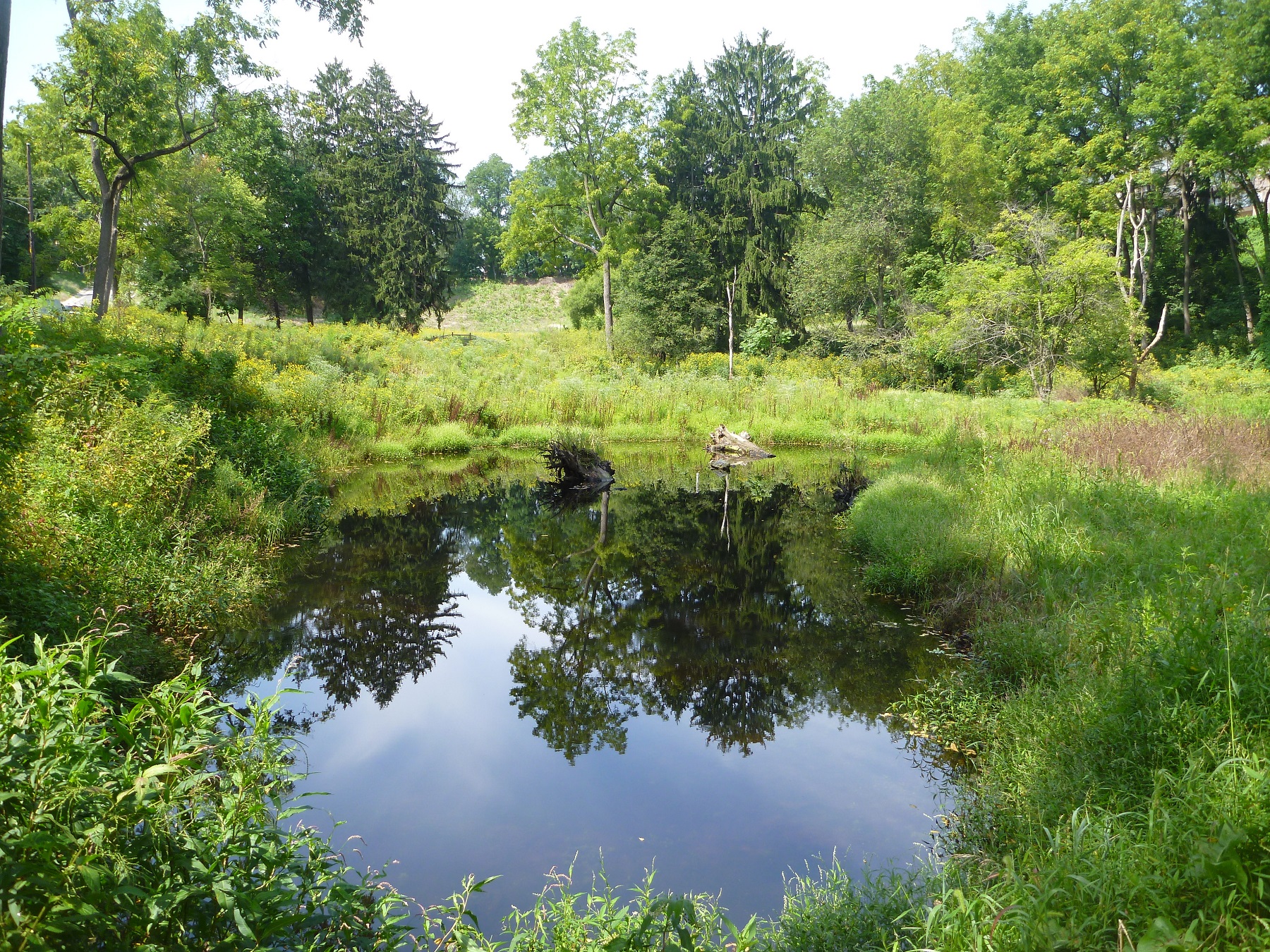
Wetlands were formally viewed as wasteland areas and were subsequently filled in to provide land for development. Today, these important landscape features are valued for their wide-ranging ecosystem services.
Sometimes called “kidneys of the landscape,” wetlands are an important component of healthy, functioning ecosystems. As transitional zones between purely terrestrial and open water environments, many different types of wetlands have been described.
Wetlands in Philadelphia’s watersheds range from small isolated vernal pools in the woods (which are important breeding grounds for amphibians) to the extensive tidal marshes of John Heinz National Wildlife Refuge and the Delaware River.
PWD is focused on identifying and protecting existing wetland resources as well as identifying opportunities to restore, expand, and create new wetlands within our watersheds. Healthy wetlands can improve water quality, mitigate flooding, provide floodplain storage, and reduce the adverse impacts associated with stormwater runoff from developed areas. Wetlands can also help preserve ecologically important resources, re-establish high quality habitat, and provide for more fully functioning riparian ecosystems.
Stormwater Management Facilities

Unmanaged stormwater can lead to impairments to aquatic life in Philadelphia’s waterways.
As stormwater basins and other stormwater management facilities provide central collection points for stormwater, PWD has increasingly focused on retrofit projects as a cost-effective management option for reducing the severity of storm flows, and in some cases encouraging infiltration.
PWD inspects stormwater management facilities to determine whether they are built to correct specifications and periodically re-inspecting facilities to ensure they are functioning properly.
Dam Removal and Fish Passage
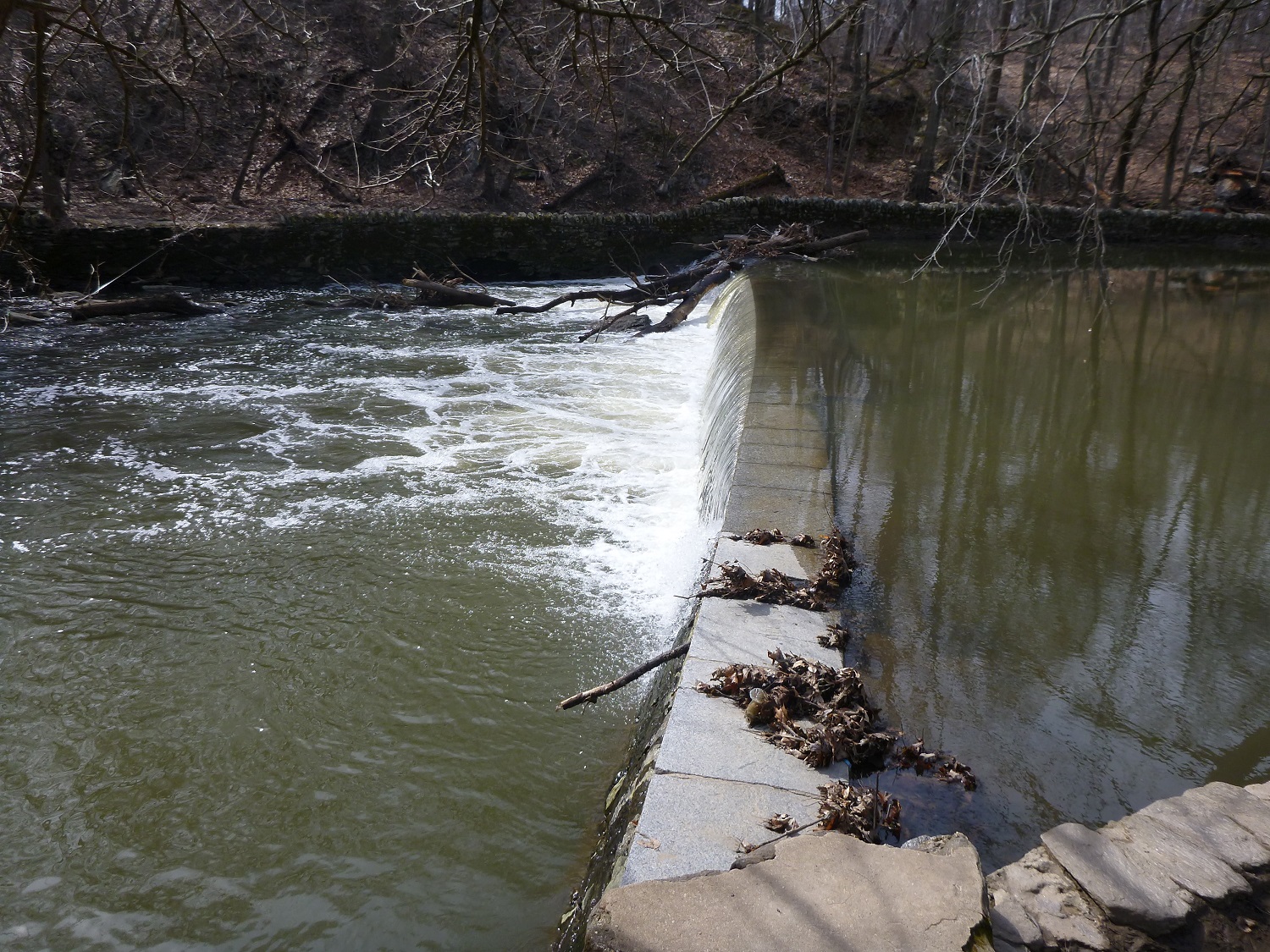
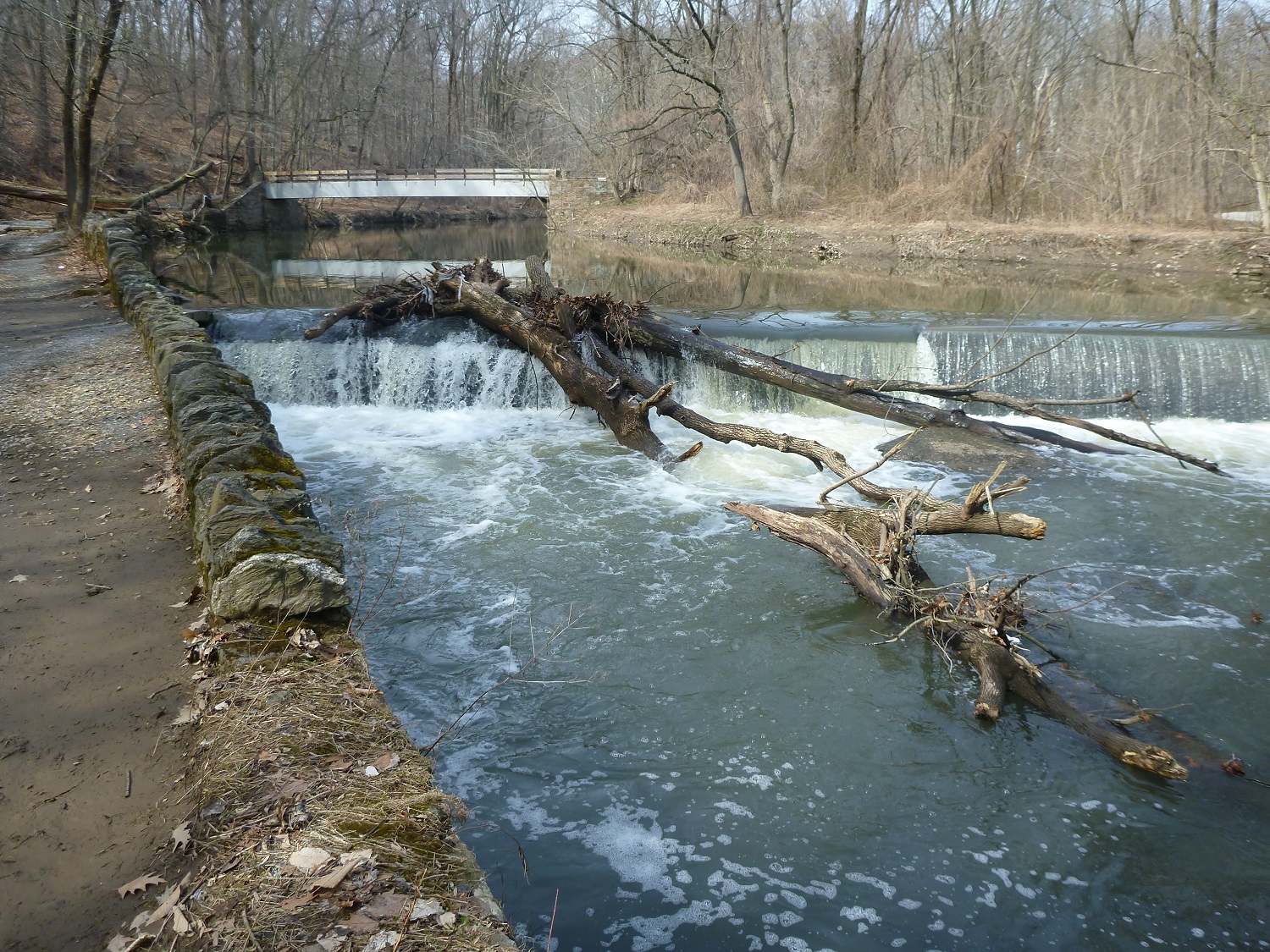
The Philadelphia region has a rich agricultural and industrial past. Hundreds of small dams and mill ponds were constructed along our streams to power mills. While these dams were critical to Philadelphia’s early development, today they have outlived their intended purpose, and in fact are causing harm to aquatic ecosystems.
A common misconception is that dams prevent flooding. While some dams are built and regulated to store and release water, many existing dams in Philadelphia are unregulated run-of-river dams. By increasing upstream water elevation, these dams can actually cause flooding. Furthermore, dams interrupt the natural movements of fish and aquatic life and interfere with natural stream sediment transport processes.
PWD plays an active role in identifying obstructions to fish passages and works with dam owners, the Pennsylvania Fish and Boat Commission, and other partners such as American Rivers and the Army Corps of Engineers to remove these dams and restore our streams to their natural, free flowing state.
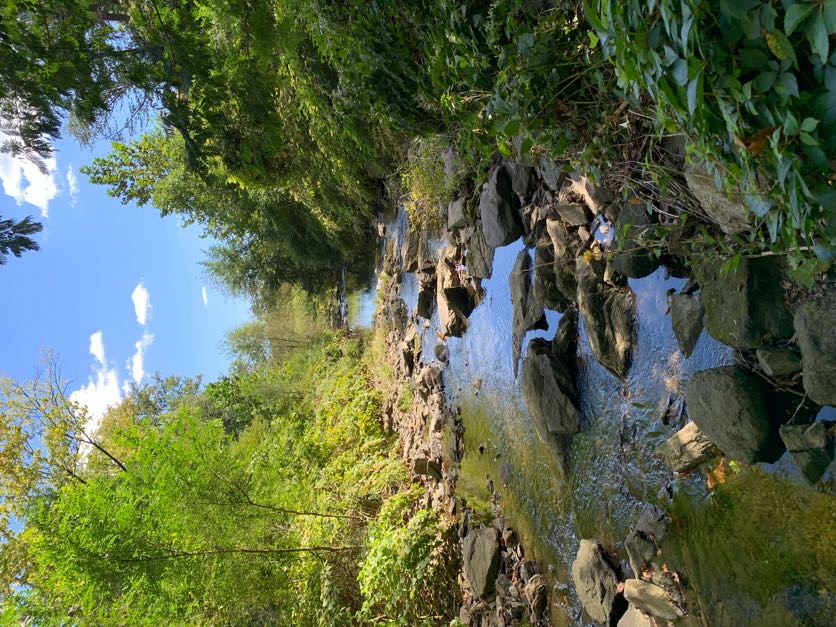
Stream Daylighting
Stream daylighting brings waterways that were previously buried in pipes or culverts back to the ground surface. Stream daylighting can return a stream to its original channel or create a new waterway channel. It may be appropriate to daylight a stream when the pipes or culverts enclosing it are undersized, causing areas upstream of the pipe or culvert to flood. Stream daylighting increases the hydraulic capacity of the channel, allowing the stream to have access to its floodplain. It also reduces runoff velocities, reduces erosion and brings back lost aquatic habitat.